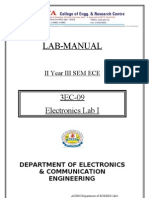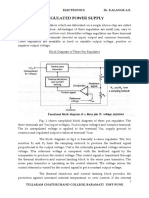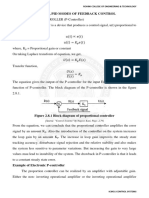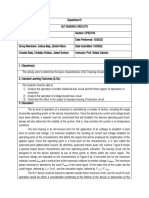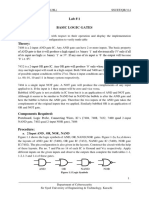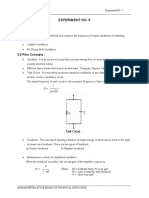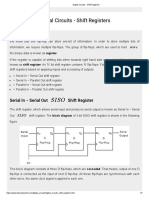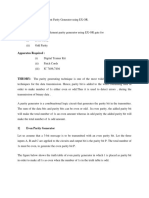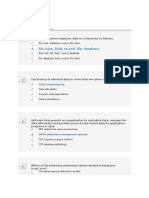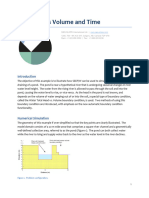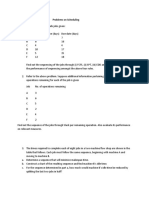0% found this document useful (0 votes)
455 views4 pages8-To-1-Line 74LS151 Multiplexer
This document describes an 8-to-1 line multiplexer chip (74LS151) that can select one of 8 input lines to pass to its output based on a 3-bit selection code. It provides the pinout, truth table, and an example of using the chip to implement a 4-variable Boolean function by mapping the function's minterms to the chip's input lines.
Uploaded by
sandhiyaaCopyright
© © All Rights Reserved
We take content rights seriously. If you suspect this is your content, claim it here.
Available Formats
Download as PDF, TXT or read online on Scribd
0% found this document useful (0 votes)
455 views4 pages8-To-1-Line 74LS151 Multiplexer
This document describes an 8-to-1 line multiplexer chip (74LS151) that can select one of 8 input lines to pass to its output based on a 3-bit selection code. It provides the pinout, truth table, and an example of using the chip to implement a 4-variable Boolean function by mapping the function's minterms to the chip's input lines.
Uploaded by
sandhiyaaCopyright
© © All Rights Reserved
We take content rights seriously. If you suspect this is your content, claim it here.
Available Formats
Download as PDF, TXT or read online on Scribd
/ 4





